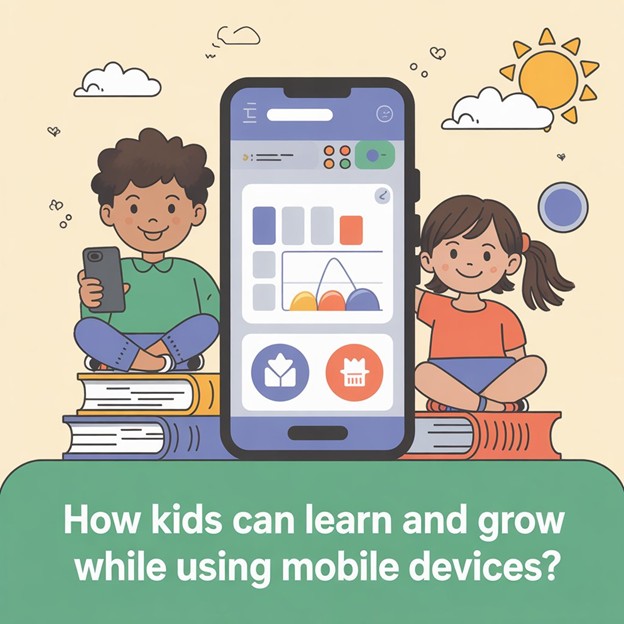How to Choose the Perfect Jungle Gym for Your Garden
A jungle gym is more than just a piece of playground equipment: it’s an amazing hub for imagination, exercise, and outdoor play! But with so many styles, sizes, and materials available, picking the right one can feel overwhelming and, in some cases, downright impossible.
But today, we’re here to help. Here’s everything you should consider when choosing a jungle gym that suits your life perfectly.
Consider your free space
First things first, start by measuring your backyard. Jungle gyms come in all shapes and sizes, from compact climbing frames to multi-level play structures. You’ll need enough room not just for the gym itself but also for safe clearance around it – ideally, a few feet on every side. If you have a smaller yard, look for vertical designs that maximise play in less space.
Also, remember that just because you have the space, it doesn’t necessarily mean you should fill it all with a jungle gym. Maybe you want to add other things to your backyard instead. Think about this before buying the biggest jungle gym possible.
Think about age ranges
Jungle gyms are almost always designed with different age groups in mind. A set with low platforms, gentle slides, and soft climbing features is perfect for toddlers, while older kids might prefer rope bridges, fireman poles, and taller monkey bars. It’s important to consider the age range of your kids currently, because you don’t want to choose something they’re going to outgrow quickly or won’t be able to use for years!
Certain jungle gyms might be too tall or short for your child depending on their age. Make sure you understand the safety of playground equipment heights and their corresponding ages before buying a jungle gym for your backyard.
If your family includes kids of multiple ages, don’t worry. A modular system that allows you to add or swap features over time is the smart choice, as you can take things away when they grow tired or too simple, adding different challenges as the years go on. Modular options might be slightly more expensive, but they’re cheaper than buying multiple jungle gyms for different age ranges!
Shop around for the right material
The material you choose for your jungle gym can make a big difference in both safety and maintenance – so it’s not something to be overlooked! The most common options are wood, metal and plastic, and these all come with their own pros and cons:
- Wooden jungle gyms: These look natural and blend with your backyard, but they’ll need regular sealing to handle the rain and snow Canada’s climate throws at it.
- Metal jungle gyms: These are strong and long-lasting, though make sure the one you choose is powder-coated to prevent rust while being left outside.
- Plastic jungle gyms: These are great for younger kids and require minimal upkeep, but plastic can become brittle when left outside for a prolonged period of time and may not last as long for heavy use.
Never forget the importance of safety features
Just because jungle gyms are play equipment designed for kids, that doesn’t mean you can automatically presume they’re safe for play in backyards. Always look for rounded edges, sturdy anchors, and slip-resistant steps or platforms to avoid falls as much as possible.
Safety rails and handholds help kids move confidently, while soft-fall surfaces (like mulch, rubber, or foam tiles) can cushion landings – because trust us, falls are inevitable. Check that the jungle gym meets Canadian safety standards and that weight limits suit your family’s needs so you can rest assured that every time it’s being used, it’s safe for your children.
Weather resistance matters
We all want our kids to spend more time outdoors, regardless of the weather. In Canada, jungle gyms need to stand up to hot summers, wet springs, and freezing winters. Not too much to ask, then! Choose a model made with UV-resistant coatings, rust-proof hardware, and rot-resistant wood or treated steel. If you live in a particularly snowy area, consider a set that allows you to remove certain features (like swings) during winter to prevent them getting damaged.
Prioritise longevity and fun!
A great jungle gym will keep your kids engaged for years, so pick one with a mix of activities – climbing, swinging, sliding, and imaginative play spaces! Some gyms even have picnic tables, sandboxes, or playhouses built in, turning them into a complete backyard activity centre.
The benefits of physical activity for children are plentiful, so the goal is to keep them playing outdoors as long as possible! While it might be tempting to choose a cheaper, smaller option, consider whether this is the best value for money option.
Final thoughts
A jungle gym is an investment in outdoor play, and aims to keep your kids active, engaged, and away from screens. By thinking about space, materials, safety, and durability, you can choose a setup that works for your family now and grows with your kids over time. Consider play equipment for all ages and skill levels, as well as whether you want modular models, wooden, metal, or plastic.
Last Updated on October 1, 2025 by SafeSearchKids Editorial Team












